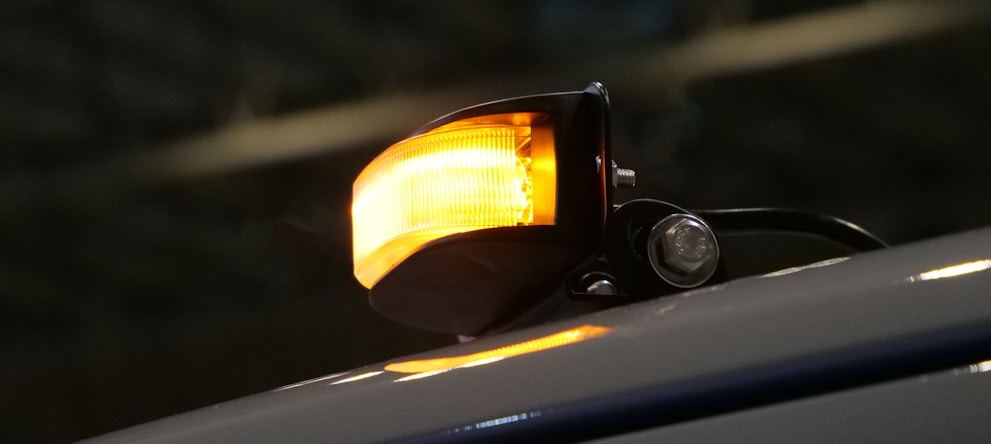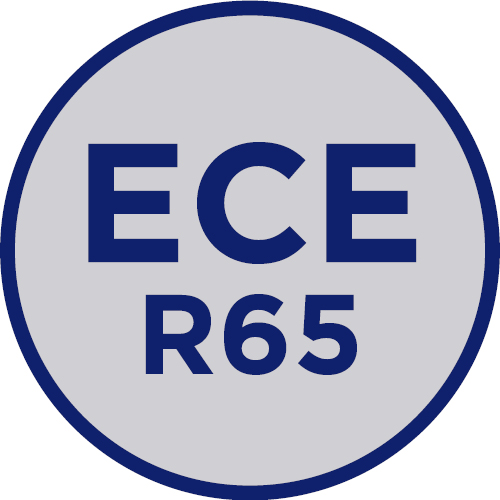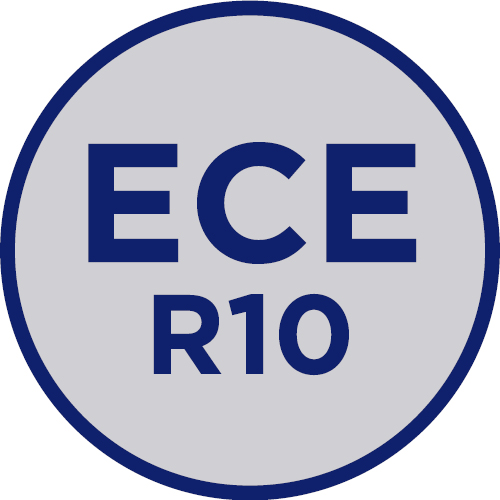We all love a flashing light, but warning lights aren’t just for show – they’re essential for keeping everyone safe on the road and there are standards in place to achieve this.
So, here’s a simple guide to help you navigate UK regulations effectively, without all the technical jargon.

Choosing lights
Compliance begins with the lamp itself. So before you place an order, make sure your lights have the correct stamp of approval for your area, vehicle and application.


ECE R65
If you’re putting special warning lamps on vehicle categories L, M, N, O and T, take note of whether the product is ECE R65 approved.
This approval ensures your light ticks the boxes for the correct size, shape, colour and photometric performance for a special warning light.
ECE R10
Whilst not just for warning lights, an ECE R10 approval is recommended to ensure electromagnetic compatibility.
In simple terms, this approval means your lights will play nicely with the other electrical components in or around your vehicle, with no interference.
Installing lights
Once you’ve got your lights in hand, it’s time to ensure they’re mounted correctly. The Road Vehicles Lighting Regulations 1989 lays out some rules:

Height
Ensure the centre of each special warning light is mounted at least 1200 mm above the ground.
Visibility
Your special warning lighting needs to be visible all around your vehicle or trailer giving a full 360° coverage.
Flash patterns
For flashing lights, choose a pattern that flashes between 60 to 240 times per minute, with constant intervals between each flash. This is enough to get you noticed without turning the road into a dance floor!
Please note: Depending on where and how you operate, there may be additional rules to follow such as Chapter 8 or CAP168. Always double check the specific requirements for your vehicle or location.
Frequently asked questions
How can I add forward warning lights that are at least 1200mm high?
Our VX180 Series High Level Warning Pods mount above the windscreen, providing you with the same coverage as standard lightheads whilst complying with the Road Vehicles Lighting Regulations 1989.
How can I achieve a full 360° coverage without fitting a lightbar?
A full 360° coverage can be achieved with our V50 Series R65 LED Corner Lightheads. With a 180° wide angle light spread per unit, complete coverage can be achieved when four lightheads are combined.
Can I still meet ECE R65 if I mount my lightheads vertically?
Yes, our WS0002 Vertical LED Lightheads are ECE R65 approved and designed for vertical mounting.




